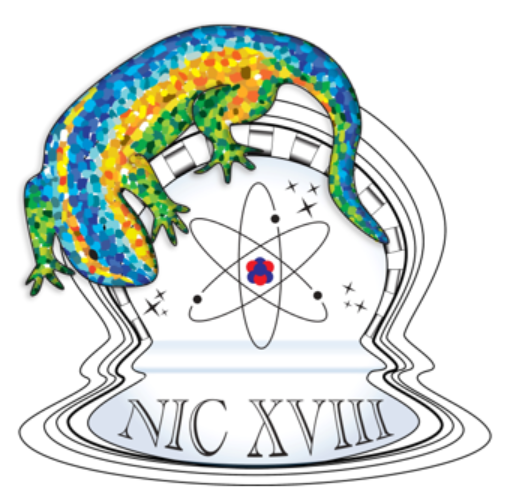https://doi.org/10.1140/epjd/e2008-00282-0
Electronic shell and supershell structure in graphene flakes
Nanoscience Center, Department of Physics, P.O. Box 35, 40014 University of Jyväskylä, Jyväskylä, Finland
Corresponding author: a Matti.Manninen@phys.jyu.fi
Received:
19
September
2008
Published online:
24
January
2009
We use a simple tight-binding (TB) model to study electronic properties of free graphene flakes. Valence electrons of triangular graphene flakes show a shell and supershell structure which follows an analytical expression derived from the solution of the wave equation for triangular cavity. However, the solution has different selection rules for triangles with armchair and zigzag edges, and roughly 40 000 atoms are needed to see clearly the first supershell oscillation. In the case of spherical flakes, the edge states of the zigzag regions dominate the shell structure which is thus sensitive to the flake diameter and center. A potential well that is made with external gates cannot have true bound states in graphene due to the zero energy band gap. However, it can cause strong resonances in the conduction band.
PACS: 73.21.La – Quantum dots / 81.05.Uw – Carbon, diamond, graphite / 61.48.De – Structure of carbon nanotubes, boron nanotubes, and closely related graphitelike systems / 81.05.Uw – Carbon, diamond, graphite
© EDP Sciences, Società Italiana di Fisica, Springer-Verlag, 2009







